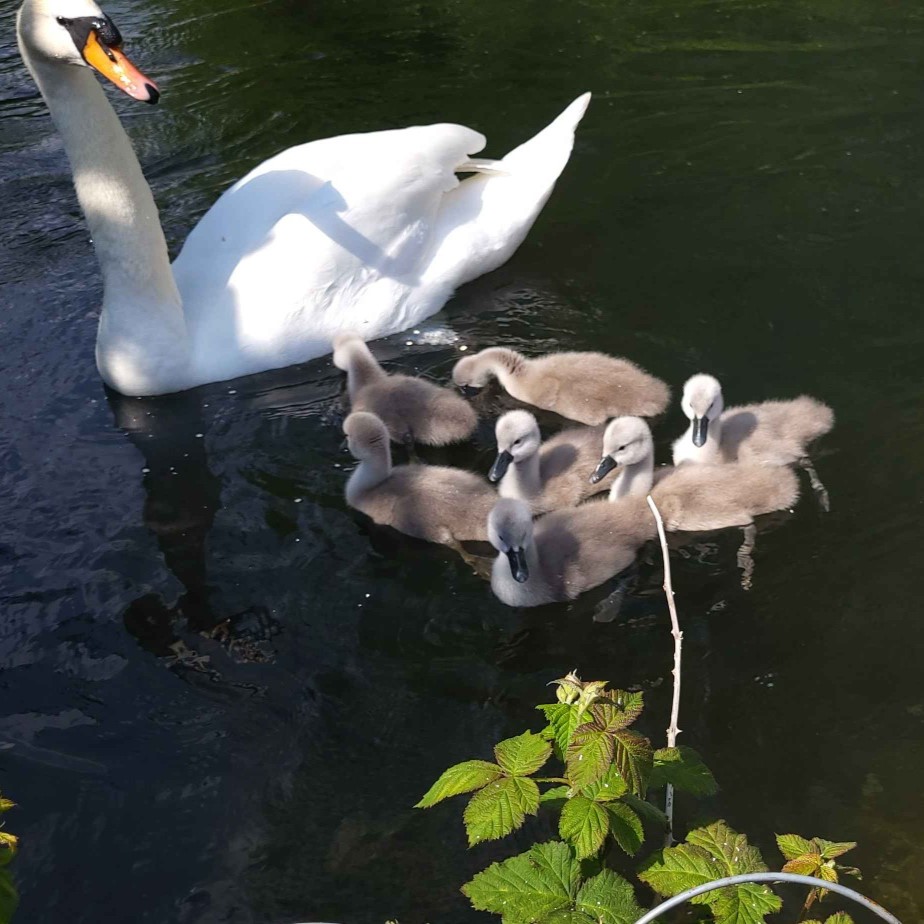The Rivers Trust publishes data following landmark national water study
A major citizen science survey of UK waterways conducted early May 2024 has revealed more evidence of widespread pollution.

The Big River Watch involved 2,400 people observing the state of local streams and rivers, with 1,500 individual surveys submitted following a study day on 3rd May 2024.
Taking in locations across the UK and Ireland, members of the public recorded what they saw – including wildlife and habitat, pollution, litter and water colour. In total, the equivalent of 25 days were spent conducting the assessments.
The results have now been collated into a data explorer, and reveal some alarming trends. Overall, 61% of waterways were found to show at least one sign of pollution. Silt was the most common cause, affecting 33% of rivers, followed by livestock, impacting 15%. 112 – or 7.6% – of the surveys noted sewage and sewage fungus present at riversides and in the water itself. 53% observed litter, ranging from shopping trolleys to plastic cartons.
A rise in river flies was also noted, found in 26% of water compared with just 11% of those included in the last Big River Watch, undertaken in September 2023. In terms of how rivers ‘looked’, 63% of surveys said waterway appeared healthy, with just one-quarter ranking theirs as ‘unhealthy’. However, the 2024 State of Our Rivers Report, conducted by The Rivers Trust, found no stretch of river had ‘good’ overall status, and just 15% were found in a good ecological state.
The study also revealed that 38% of people engaged in the work had never been involved in citizen science initiatives before. Although this is just one programme, the figure could suggest an increased willingness for members of the public to participate in environmental observation projects. The fact this study focused on the health of rivers, following well over a year of reports on widespread water pollution events, could also explain the strong uptake.
‘We know our rivers are in trouble, and we also know that the picture we currently have of their health is a blurry one. We need more information to sharpen up that image, and to better understand exactly how and where we can work to restore our vital waterways,’ said Mark Lloyd, CEO of The Rivers Trust.
‘I’d like to extend a huge ‘thank you’ to everyone who joined us and took part in the Spring Big River Watch, it’s fantastic to see surveys being submitted from all across the UK and Ireland,’ he continued. ‘Today, I invite everyone to find out more about their local river by exploring the new Big River Watch Data Explorer, which launches today and shares the survey results on an interactive map, and which also shows the official Water Framework Directive [WFD] health assessment classifications of our rivers.’
Dive into the Big River Watch Data Explorer.
More on water pollution:
Environment Agency can’t afford to protect UK water bodies, OEP finds
Quick question: how can we monitor outdoor water quality with FreeUP?
Water fines now fund restoration projects (after the devastation of pollution)
Image: The Rivers Trust
















